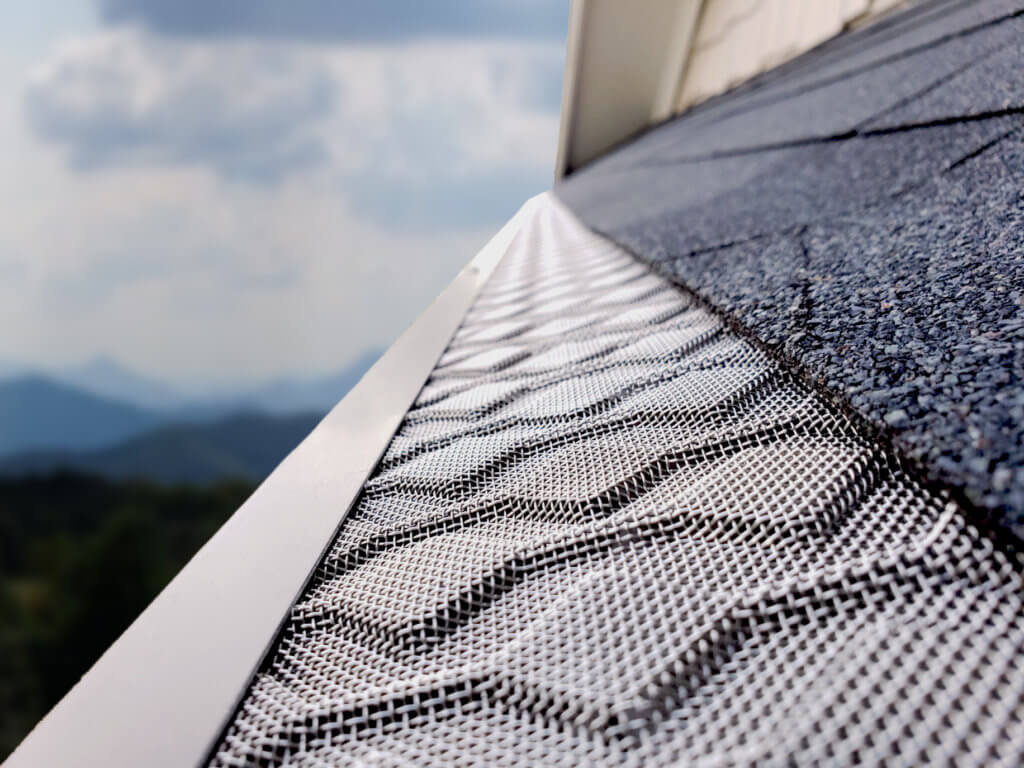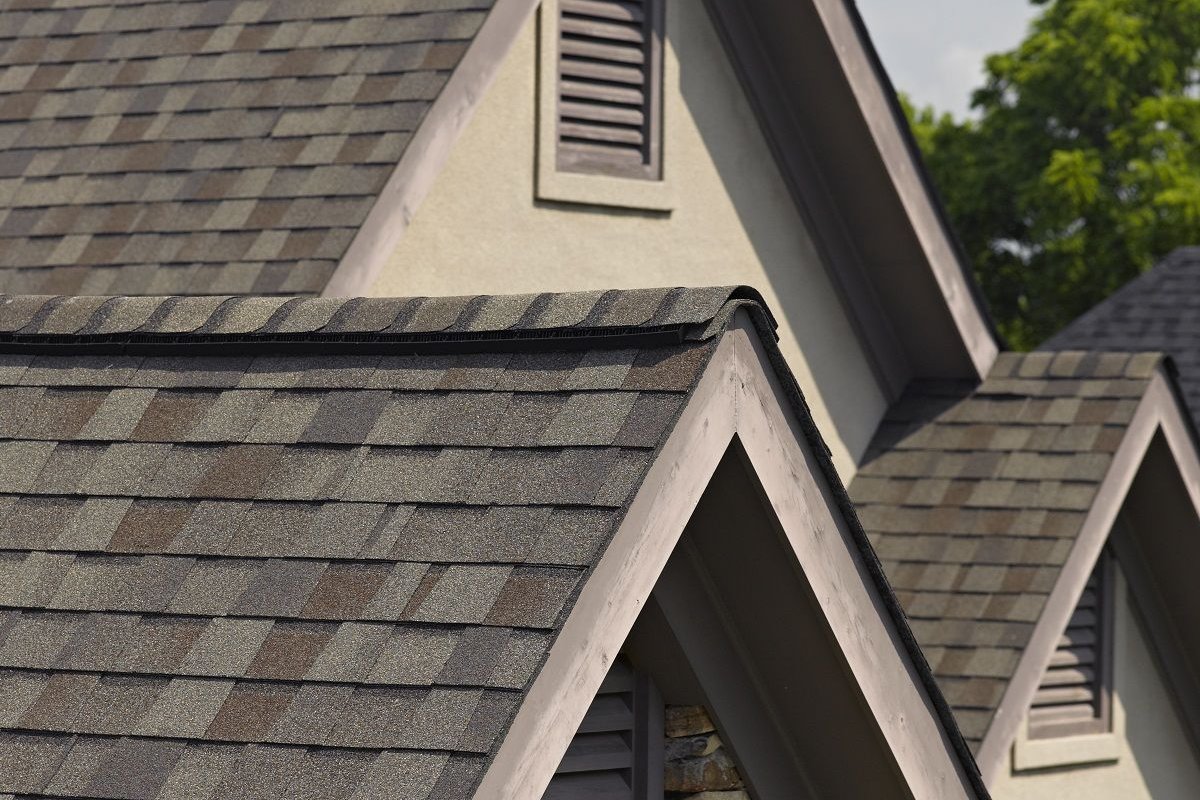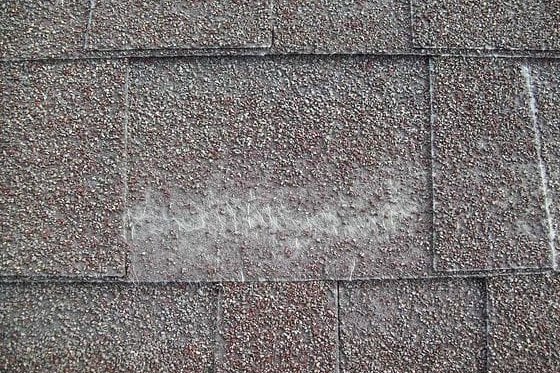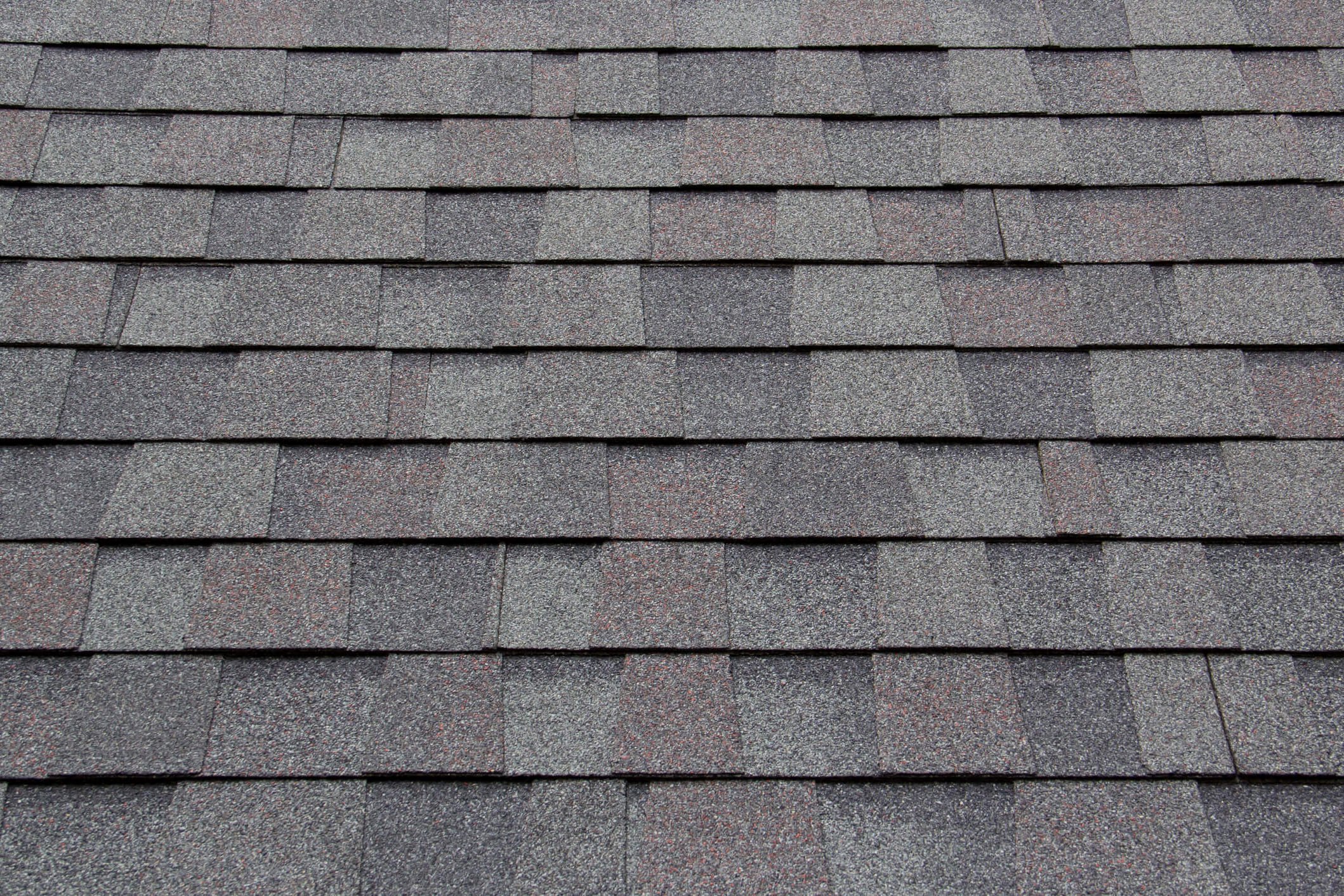Standing Seam vs. Exposed Fastener Metal Roofs: West Linn, Oregon Guide
Choosing a new roof is a significant decision for any homeowner, especially in a region like West Linn, Oregon, where weather patterns can test the resilience of building materials. Metal roofing has become increasingly popular due to its longevity, durability, and aesthetic appeal. Within the realm of metal roofing, two primary systems dominate the residential market: standing seam and exposed fastener. Understanding the fundamental differences between these two types is crucial for making an informed decision that suits your budget, aesthetic preferences, and long-term needs in the Pacific Northwest climate. This guide will delve into the specifics of each system, comparing their installation, performance, cost, and maintenance requirements to help you determine which is the better fit for your home.
Understanding Metal Roofing Systems
Metal roofing systems are composed of metal panels, often made from steel, aluminum, copper, or zinc, that are installed over a solid deck or purlins. While the material might be similar, the way these panels are joined and fastened to the roof structure defines the system type and significantly impacts its performance characteristics.
What is Standing Seam Metal Roofing?
Standing seam roofing is characterized by its raised seams that run vertically up the roof panel. These seams are interlocked or mechanically seamed together, connecting adjacent panels and creating a distinct, linear look. The defining feature of a standing seam system is that the fasteners used to attach the panels to the roof deck are hidden or concealed within these seams.
The installation typically involves clipping the panels to the roof deck using clips that are then covered by the next panel's seam. The seams are then crimped or snapped together, effectively covering the clips and fasteners. This concealed fastening method is a key advantage, as it protects the most vulnerable points (the fasteners) from direct exposure to the elements, significantly enhancing water resistance and longevity. Standing seam systems are custom-fabricated to the specific dimensions of the roof, often on-site, ensuring a precise fit and minimizing waste.
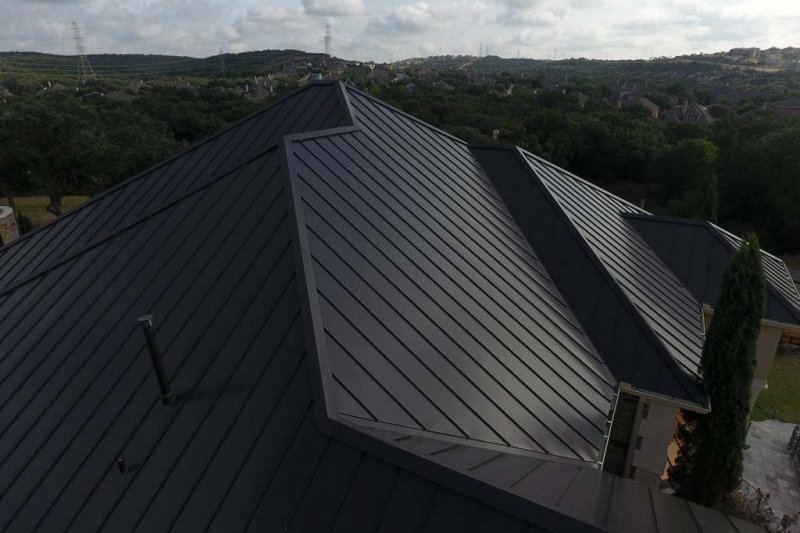
What is Exposed Fastener Metal Roofing?
Exposed fastener metal roofing, as the name suggests, utilizes fasteners (screws or nails) that are driven directly through the metal panel and into the roof deck or underlying structure. The heads of these fasteners remain visible on the surface of the roof. This is a more traditional and generally less expensive method of installing metal panels.
These systems often use corrugated panels or panels with ribs, and the fasteners are typically installed through the valleys or flats of the panel, sealed with a rubber washer beneath the screw head. While installation can be quicker and simpler than standing seam, the reliance on exposed fasteners introduces potential points of vulnerability. The rubber washers can degrade over time due to UV exposure and temperature fluctuations, leading to leaks. The fasteners themselves can also back out slightly due to thermal movement of the metal panels, further compromising the seal.
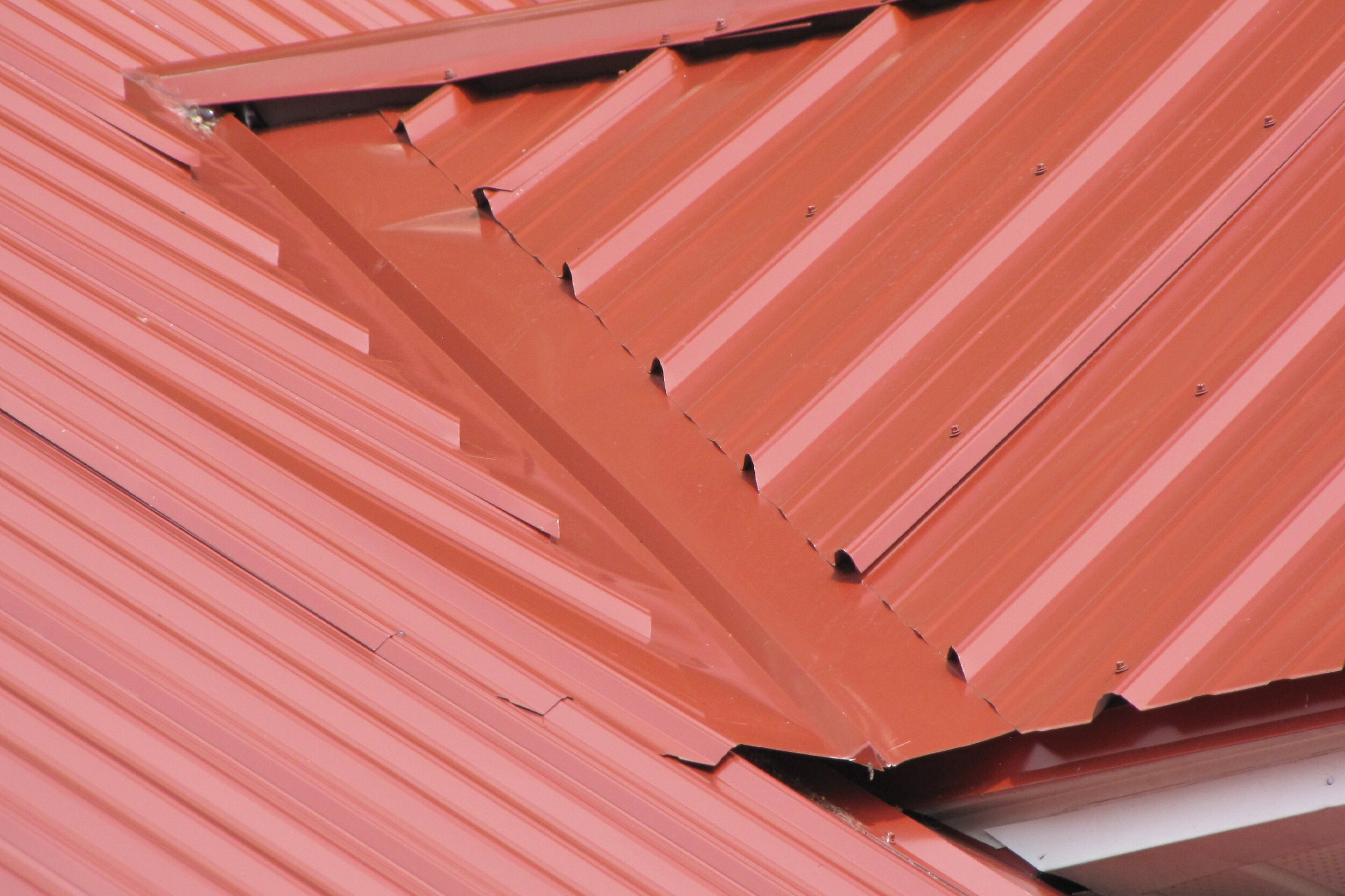
Key Differences: Standing Seam vs. Exposed Fastener
The choice between standing seam and exposed fastener systems boils down to several critical differences that affect performance, cost, and lifespan.
Installation Process and Fastener Type
The installation process is a fundamental difference. Standing seam panels are attached using hidden clips or fasteners that are integrated into the raised seams. This requires specialized tools and expertise to properly seam the panels together, creating a watertight seal. The process is more intricate and time-consuming than exposed fastener systems.
Exposed fastener systems are simpler to install. Panels are overlapped, and fasteners are driven directly through the overlap and the panel into the roof deck. While seemingly straightforward, improper fastening (over-tightening, under-tightening, or angled screws) can damage the panels or the washers, leading to leaks from day one. The reliance on hundreds or thousands of individual fasteners, each a potential entry point for water, is the system's main drawback.
Water Resistance and Leak Potential
This is arguably the most significant difference and often the deciding factor for homeowners, particularly in areas with substantial rainfall like West Linn.
Standing seam roofs offer superior water resistance. Because the fasteners are concealed within the raised seams, they are protected from direct contact with rain, snowmelt, and debris. Water flows down the panels and over the seams, rather than encountering potential penetration points. The interlocking or seamed seams themselves are designed to prevent water from entering. This design drastically reduces the likelihood of leaks developing over the roof's lifespan, provided the installation is done correctly with proper flashing details at edges, valleys, and penetrations.
Exposed fastener roofs are more prone to leaks over time. Each fastener is a potential weak point. While new fasteners have rubber washers that create a seal, these washers are exposed to harsh weather conditions. UV radiation causes the rubber to break down, dry out, and crack. Temperature fluctuations cause the metal panels to expand and contract, which can loosen the fasteners or cause the screw heads to rub against and wear down the washers. Over time, the seal around the fastener fails, allowing water to seep through the screw hole into the roof deck. This requires periodic inspection and replacement of fasteners, adding to maintenance costs and risks.
Planning a roof replacement or just curious about metal roofing costs? Get a quick, no-obligation estimate for your home.
Get your free instant roof estimate
Longevity and Durability
Metal roofs are renowned for their long lifespans compared to traditional asphalt shingles. However, the type of fastening system significantly impacts how long the roof will perform without major issues.
Standing seam metal roofs are designed for exceptional longevity, often lasting 50 years or even longer with proper maintenance. The robust, concealed fastening system protects the most vulnerable components from premature wear and tear. The panels themselves are typically made from durable gauges of steel or aluminum with high-quality finishes designed to resist corrosion and fading for decades.
Exposed fastener metal roofs generally have a shorter lifespan, typically ranging from 20 to 30 years, although the metal panels themselves could last longer. The limiting factor is usually the fasteners and their washers. As these fail, leaks occur, leading to rot and damage to the underlying roof deck and structure. While the panels might still be intact, the integrity of the system is compromised. Replacing failing fasteners can extend the life, but it's a labor-intensive process.
Maintenance Requirements
All roofing systems require some level of maintenance, but the type of metal roof dictates the specifics.
Standing seam roofs are low maintenance. The primary maintenance tasks involve keeping the roof and gutters clean of debris, inspecting flashing around chimneys, vents, and valleys, and checking for any damage from severe storms. Since the fasteners are hidden, there is no need for periodic checks or replacement of screws. Inspections every couple of years are typically sufficient.
Exposed fastener roofs require more frequent maintenance. The rubber washers on the fasteners have a finite lifespan, often needing inspection and potential replacement every 10-15 years, sometimes sooner depending on exposure. Fasteners can also loosen over time due to thermal cycling, requiring re-tightening. This means homeowners need to plan for ongoing maintenance costs and the associated risk of roof access. Annual inspections are recommended to catch potential fastener issues early.
Cost Comparison
Metal roofs, in general, represent a higher upfront investment than asphalt shingles. Comparing the two metal systems:
Standing seam metal roofs have a higher initial cost. The panels themselves are more complex to fabricate, and the installation process requires specialized skills and more labor time. On average, standing seam can cost 10-20% more than an exposed fastener system, and sometimes even more depending on the complexity of the roof and the specific panel system chosen.
Exposed fastener metal roofs have a lower initial cost, making them a more budget-friendly option for homeowners seeking the general benefits of metal roofing without the premium price tag of standing seam. The panels are simpler, and installation is faster, leading to lower labor costs.
However, when considering the total cost of ownership over the roof's lifespan, the picture changes. The significantly longer lifespan and lower maintenance requirements of standing seam can make it the more economical choice over 30-50 years, especially when factoring in the cost of potential leak repairs and fastener maintenance/replacement needed for exposed fastener systems. For a home you plan to live in for many decades, the long-term value of standing seam often outweighs the higher initial investment.
Aesthetics and Design Options
Both standing seam and exposed fastener systems offer a variety of colors and finishes, but their visual impact differs significantly.
Standing seam roofs provide a clean, modern, and sleek aesthetic. The prominent, raised vertical lines create a strong architectural statement. This look is often preferred for contemporary homes, but it can also complement traditional designs by adding a touch of sophistication. The hidden fasteners contribute to a seamless, uncluttered appearance. Standing seam systems are available in various seam heights and panel widths, offering some customization in the visual profile.
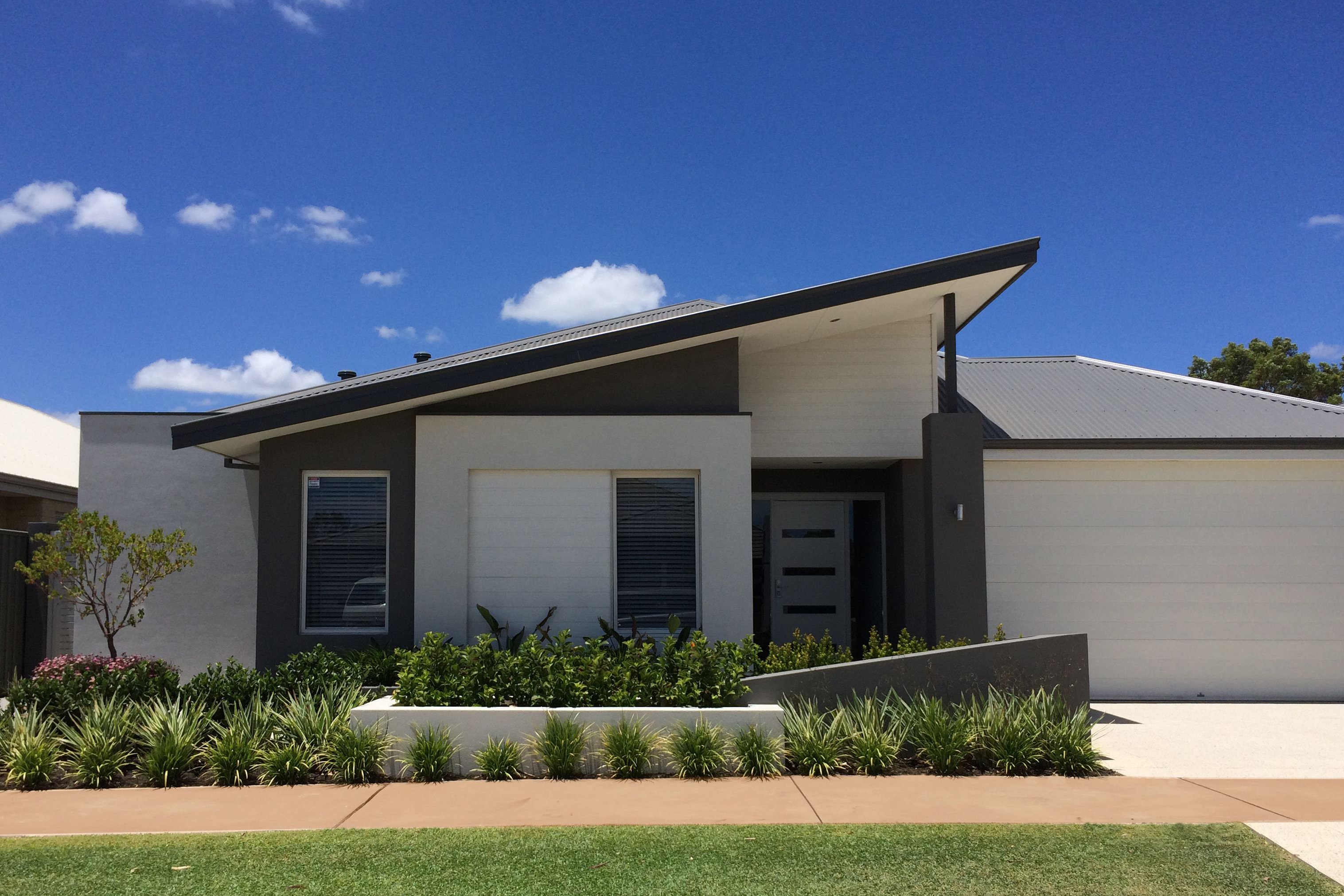
Exposed fastener roofs tend to have a more utilitarian or traditional rural look. The visible fasteners create a dotted pattern across the roof surface. While available in many colors, the overall appearance is less refined than standing seam. This style is commonly seen on barns, sheds, and some more rustic residential designs. Corrugated profiles are very common in exposed fastener systems, adding to their distinctive appearance.
Weather Performance
Metal roofs excel in handling various weather conditions, but the fastening system can influence performance nuances, particularly in the West Linn climate.
Both types are excellent performers in high winds when properly installed, much better than shingles. The interlocked or fastened panels create a robust barrier against uplift.
In terms of rain and snow, standing seam's superior water resistance is a major advantage. The raised seams allow water to flow freely and prevent ice dams from forcing water up under seams. Exposed fastener systems rely heavily on the integrity of the fastener seals. In freeze-thaw cycles common in Oregon winters, ice dams can form and potentially push water past failing fastener seals. Snow accumulation also puts sustained pressure on panels and fasteners.
Metal roofs can be noisier during rain or hail compared to asphalt shingles, especially if installed over open framing. Installing them over a solid deck with proper underlayment and insulation significantly mitigates noise for both types.
Energy Efficiency
Both standing seam and exposed fastener metal roofs contribute to energy efficiency. Metal is a reflective material, especially lighter colors or those with specialized coatings (like cool roof coatings). This reflects solar radiant heat, reducing the amount of heat absorbed into the attic and home, leading to lower cooling costs. The difference in energy efficiency between standing seam and exposed fastener of the same material and color is negligible; the material and finish are the primary drivers of energy performance.
Repair and Replacement Considerations
Repairing or replacing sections of a metal roof can be more complex than with shingles.
Standing seam panels can be challenging to repair or replace individually due to the interlocking seams. Often, multiple panels need to be unseamed to access a damaged one. This requires specialized tools and expertise.
Exposed fastener panels are often easier to replace individually, as you only need to remove the fasteners holding the damaged panel. However, finding replacement panels that perfectly match existing, weathered panels can be difficult, leading to potential aesthetic mismatches. Repairing leaks in exposed fastener systems often involves replacing or adding sealant to individual fasteners, which can be a temporary fix if the underlying issue (washer degradation or fastener loosening) isn't fully addressed.
Warranty Differences
Warranties vary significantly based on the manufacturer, material, finish, and installer. Generally:
Standing seam systems often come with longer and more comprehensive warranties, reflecting their expected lifespan and durability. Material warranties can range from 20 to 40 years for finishes and even lifetime warranties against manufacturing defects for the panels. Installation warranties from reputable contractors are also crucial.
Exposed fastener systems typically have shorter warranties, particularly for the finish and against leaks related to fasteners. Material warranties might be 20-30 years, but the system's functional life is often limited by the fasteners, which may not be covered for as long or as comprehensively.
When to Choose Standing Seam
Standing seam is generally the preferred choice for residential roofing, especially for homeowners who prioritize long-term performance, minimal maintenance, and superior leak protection.
- You plan to stay in your home for many years and want a roof that will likely outlast your occupancy.
- You want the best possible protection against leaks, particularly important in the rainy West Linn climate.
- You prefer a clean, modern aesthetic.
- Your budget allows for a higher upfront investment for greater long-term value.
- You want a low-maintenance roofing system.
When to Choose Exposed Fastener
Exposed fastener systems are better suited for situations where budget is the primary constraint or for less critical structures.
- Your budget is limited, and you need a more affordable metal roofing option.
- You are roofing a shed, barn, garage, or other outbuilding where the risk and consequences of leaks are less severe than on a primary residence.
- You are comfortable with the need for more frequent maintenance (checking and potentially replacing fasteners) over the roof's life.
- You prefer or don't mind the aesthetic of visible fasteners.
As noted in the prompt information, exposed fastener systems are generally not recommended for houses due to the inherent leak risk associated with fasteners failing over time. While they work for barns or sheds, the potential for water damage within a heated, finished home is far greater and more costly. Standing seam requires significantly less maintenance related to fastener integrity.
Factors Influencing Metal Roof Costs in West Linn
The cost of installing a metal roof on your home in West Linn will depend on several variables beyond just the system type:
- Panel Type and Gauge: Steel, aluminum, copper, or zinc have different costs. Thicker gauges (lower numbers) are more expensive but more durable.
- Finish and Color: High-quality finishes with long warranties cost more than basic finishes. Special coatings for cool roofs or unique colors can also add to the price.
- Roof Complexity: Roofs with multiple valleys, hips, dormers, skylights, chimneys, or steep pitches require more labor and custom flashing, increasing costs.
- Contractor Experience: Experienced metal roof installers may charge more, but their expertise is crucial for proper installation, especially for standing seam systems.
- Local Labor Rates: Construction and labor costs vary by region, influencing the overall price in areas like West Linn.
The Importance of Professional Installation
Regardless of whether you choose standing seam or exposed fastener, the quality of installation is paramount for a metal roof's performance and lifespan. Metal roofing requires specific techniques for cutting, bending, fastening, and flashing. Improper installation can lead to:
- Leaks, even in a standing seam system if flashing is incorrect.
- Panels buckling or becoming damaged due to improper fastening or allowing for thermal movement.
- Reduced wind resistance.
- Voided manufacturer warranties.
Hiring a qualified, experienced roofing contractor with specific expertise in metal roof installation is a critical investment in protecting your home.
If you're dealing with urgent issues like a roof leak or recent storm damage, getting a professional assessment quickly is vital.
Book a roofing appointment
Signs Your Roof Needs Attention
Knowing when your roof needs professional assessment is key to preventing minor issues from becoming costly problems. For metal roofs, signs can include:
- Leaks: Water stains on ceilings or walls are clear indicators. For exposed fastener roofs, leaks often occur around fasteners. For standing seam, leaks are more likely at flashing points.
- Loose or Missing Fasteners: Primarily an issue for exposed fastener roofs. Visible screws that have backed out or are missing.
- Damaged Panels: Dents from hail (see image), punctures, significant scratches that expose the metal underneath, or panels that appear warped or loose.
- Failing Sealants: Deteriorated sealant around flashing or fasteners.
- Rust or Corrosion: While modern finishes prevent this, damage to the finish can expose the metal to rust.
- Increased Energy Bills: Can sometimes indicate issues with insulation or ventilation related to the roof system.
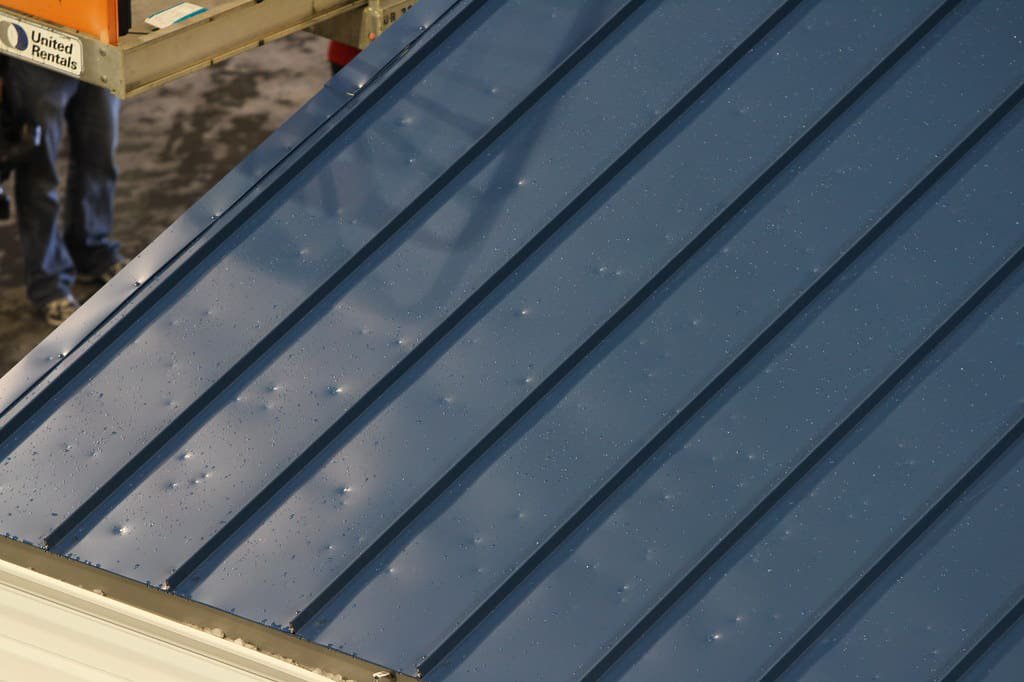
If you observe any of these signs, or if your metal roof is approaching the end of its expected lifespan (20-30 years for exposed fastener, 50+ for standing seam), it's time to consider an inspection or replacement.
For homeowners planning a roof replacement, exploring options, or budgeting for future projects without immediate urgency, getting an initial estimate is a great first step.
Planning a roof replacement or just curious about metal roofing costs? Get a quick, no-obligation estimate for your home.
Get your free instant roof estimate
However, if you have an active leak, significant storm damage, or suspect an emergency, a direct appointment for an inspection is necessary.
If you're dealing with urgent issues like a roof leak or recent storm damage, getting a professional assessment quickly is vital.
Book a roofing appointment
Making the Right Choice for Your West Linn Home
Choosing between standing seam and exposed fastener metal roofing for your property in West Linn comes down to balancing initial cost, long-term value, desired appearance, and tolerance for maintenance. Standing seam offers superior performance and longevity, making it the premium choice for homeowners seeking a robust, low-maintenance roof that will protect their investment for half a century or more. Exposed fastener provides a more affordable entry into metal roofing but requires more vigilance regarding maintenance and presents a higher long-term risk of leaks, particularly in residential applications.
Consider the typical weather patterns in the area – the persistent rain, potential for wind storms, and occasional freezing temperatures underscore the value of a highly water-resistant system like standing seam. While the upfront cost is higher, the peace of mind and reduced lifecycle cost often make it the preferable option for a primary residence.
Investing Wisely in Your Roof
Ultimately, the best metal roofing system for your home is one that meets your needs, fits your budget, and is installed correctly by experienced professionals. Whether you lean towards the enduring quality of standing seam or the initial affordability of exposed fastener for a specific application, understanding the pros and cons of each system is the first step. Getting accurate information and estimates tailored to your specific roof and location is crucial before making a final decision.
